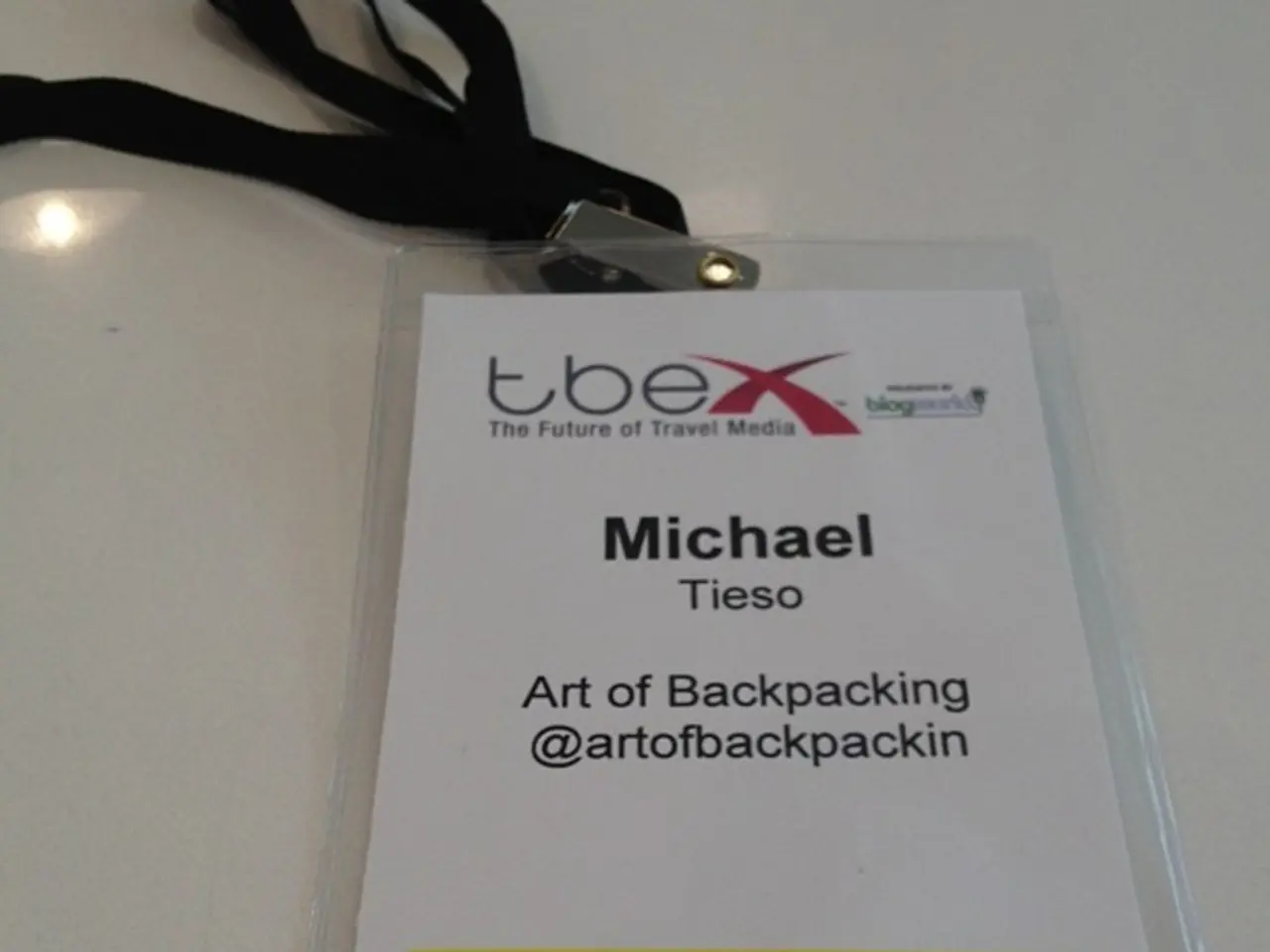Clear directives and robust charging infrastructure are crucial for the progress of electric mobility, according to Volvo CEO.
Volvo Faces Challenges in Transition to Electric Mobility
Volvo, the Swedish automaker, is navigating a complex landscape as it transitions to electric mobility. The company's CEO, Håkan Samuelsson, has identified several key challenges that are testing Volvo's resilience.
One of the most pressing issues is the trade tariffs that are significantly eroding profitability. For instance, the ES90 electric sedan made in China faces a 27.5% tariff entering the U.S., wiping out margins. Similarly, the EX90 SUV built in South Carolina incurs a roughly 25% cost increase on European components due to tariffs. This tariff environment has forced Volvo to take a $1.2 billion impairment charge in Q2 2025, severely impacting earnings and future R&D investments.
Rising production costs are another challenge. Increasing costs related to supply chain complexities and parts sourcing add financial pressure amid a competitive EV market.
Infrastructure gaps, particularly in critical markets like the U.S., pose another hurdle. With only about 180,000 public charging points, the insufficient charging infrastructure hampers consumer adoption of EVs. This infrastructure lag is a systemic challenge slowing Volvo’s EV sales growth.
Softening demand for electric vehicles is another concern. Volvo has experienced a 26% plunge in fully electric vehicle sales, leading to a 12% overall sales drop in June 2025. Markets such as Europe and the U.S., crucial for Volvo's premium EV sales, have seen demand fall by 14% and 7%, respectively.
In response to these pressures, Volvo has announced 3,000 job cuts, halted some model development, and suspended its 2025-2026 earnings forecast. CEO Samuelsson emphasized the need for “operational efficiency” to manage costs better and stabilize margins amid uncertainty.
Delays in the launch of new electric models due to challenges in software readiness and supply chain have compounded financial and market risks.
Despite these challenges, Samuelsson remains optimistic about Volvo's future. He predicts the transition to electric mobility as the central challenge for the company, but sees advantages in cost savings through joint procurement with Chinese parent company Geely. However, he emphasizes the importance of Volvo's independence.
Samuelsson also sees opportunities in the Chinese premium car market, which is undergoing a rapid transformation, presenting unexpected challenges for Western manufacturers. More vehicles will be built in Volvo's Charleston plant and tailored to the local US market.
The manager reaffirms that the future of Volvo is electric. However, he maintains that the goal of not building any more internal combustion engines by 2030 will not be pushed back to 2040, but it may take "a few years longer."
In the face of these challenges, Samuelsson calls for more mutual respect between Europe and China, and sees European manufacturers as having a duty to learn from the "Chinese curiosity" that has driven progress in the People's Republic. He also opposes the idea of a uniform "world car" given the bans on Chinese software in cars in places like the USA.
Hybrid vehicles could be used as a transitional solution for Volvo. The share of electric vehicles among the Swedes is approximately twice as high as the average in the rest of the market, suggesting a growing acceptance of electric vehicles in Volvo's home market.
In conclusion, Samuelsson portrays the electric transition as a "toughest test yet," with Volvo navigating a complex web of protectionist tariffs, cost inflation, customer hesitation, and infrastructure deficiencies. These factors collectively threaten Volvo's ambitious target of 90-100% EV sales by 2030 and force urgent cost discipline and strategic adjustments. As a smaller manufacturer, Volvo can "move forward at full speed" in the transition to electric mobility compared to larger corporations like Volkswagen.
In this context, the technology-related challenges faced by Volvo during its transition to electric mobility include the complexities and costs associated with supply chain and parts sourcing (rising production costs), and the need for software readiness and development for new electric models (delays in launch of new electric models).




